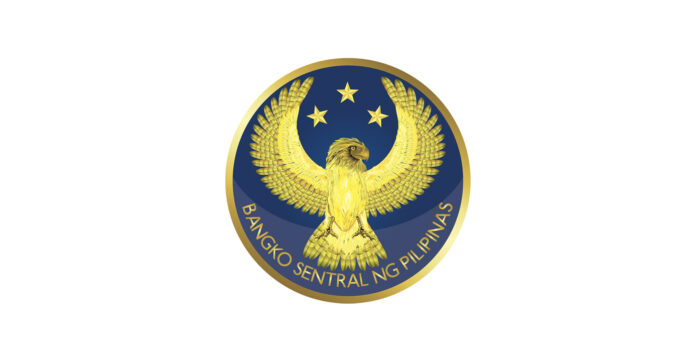Of all the threats to the stability of the price of services and goods in the economy, nothing grips the regulator, the Bangko Sentral ng Pilipinas (BSP), the most than the head of inflation expectations rearing up.
This was bared by BSP Governor Felipe Medalla before members of the Tuesday Club at the EDSA Shangri-la Hotel in Mandaluyong City where he said the policy-making Monetary Board is closely looking at events confirming the broadening of inflation pressures, if any.
“The chart that shocked me the most was the private sector’s inflation forecast this year which was higher than ours,” he candidly acknowledged.
Medalla did not elaborate how significantly different the private sector’s forecast inflation was from the BSP’s own forecast rate but such a disparity would signal that “inflation pressures are broadening (and that) we’re getting to that point where second-order inflation is beginning to be a concern.”
A confirmation of broadening inflation pressures would deny the opportunity for the seven-member Monetary Board to reduce the rate at which it borrows from or lends to banks that analysts and market watchers say ruins the potential for the $394-billion Philippine economy to expand further this year.
Because the BSP under Medalla drastically increased the policy rates from only 2.25 percent to 5.5 percent in just six months to combat fast-rising food and fuel inflation, all eyes are now focused on when the monetary authorities would allow for some slack and permit interest rates to come down again.
“Until this is addressed, we cannot say we can’t impose a rate hike,” he said simply.
Medalla noted that in the waning months of 2022, a month’s worth of prices increased by more than 1 percent or a punishing 12 percent increase on annualized basis at one point because of supply shocks.
But he told Tuesday Club members the monetary authorities are glad that in December last year inflation moderated to 8.1 percent instead of the consensus 8.2 percent.
Medalla pointed out that on a monthly basis, consumer prices rose by only 0.3 percent or the least expansion in 10 months that followed a 0.9 percent increase over two prior months which were the steepest increases since January 2009.
Those steep interest rate increases were occasioned by supply-driven shocks that compelled the BSP to raise its policy rates even more steeply than inflation.
“But we hope none of these shocks become self-fulfilling expectations. The problem is if prices rise further and people expect it to rise (still) and then we have second-order inflation,” Medalla said.
He is confident that prior BSP interventions in both the interest rate sphere and in the foreign exchange arena “allow the high probability” that inflation over 8 percent at the moment would fall to below 4 percent by the third quarter this year.
“Lower month-on-month inflation may have happened two months later than expected but it is finally there,” Medalla said.







